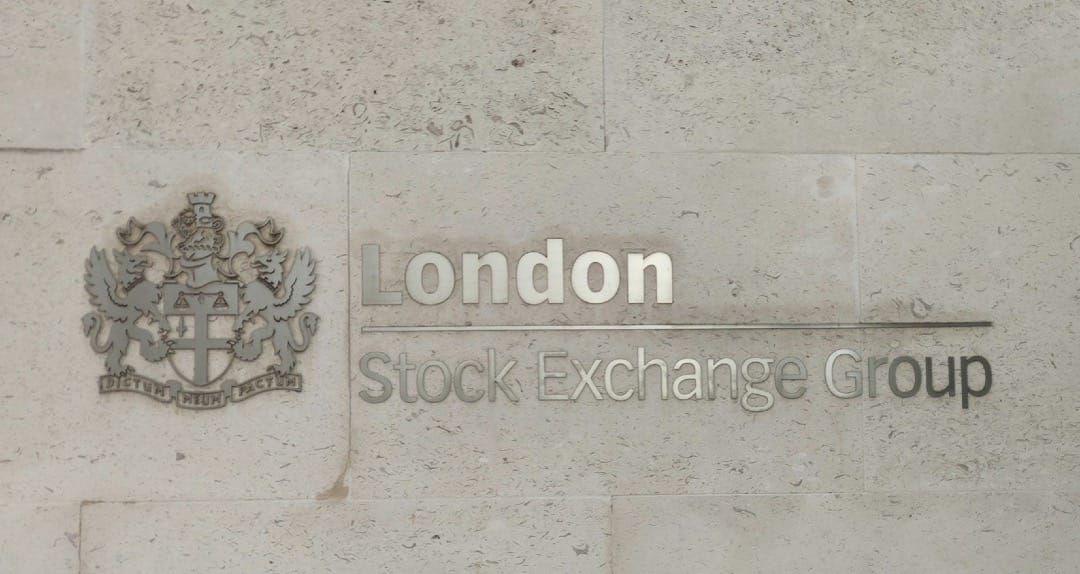A shot in the arm: A London IPO cautiously reshapes the mood ahead of Cobalt Congress 2025
Cobalt Holdings’ £174M IPO, backed by Glencore, brings fresh optimism to the cobalt industry just as Cobalt Congress 2025 opens. Can this bet on EV minerals restore confidence in a volatile market?

With a DRC export ban still in place, EV demand uncertainty, and deep sea mining on the horizon, Cobalt Holdings' stock market debut injects cautious optimism into a volatile industry.
The annual Cobalt Congress kicks off in a just a few hours with a renewed sense of momentum. It's been another volatile year but just yesterday, news broke that a newly formed investment vehicle, Cobalt Holdings, is launching a £174 million (USD230 million) initial public offering (IPO) on the London Stock Exchange.
Backed by mining giant Glencore, the move has been framed as a long-term bet on the future of cobalt, a sector desperately in search of positive signals as it continues to grapple with low prices, oversupply, and uncertain demand forecasts.
A market searching for direction
Cobalt prices have tumbled since 2022, driven by slower-than-expected electric vehicle adoption (EVs account for almost half of cobalt demand) at the same time that there has been increasing output from the big producers in Indonesia and Democratic Republic of Congo (prior to the DRC's decision in February to halt exports. That move lifted prices somewhat but it has not been enough to balance the market).
And then there is the question of battery chemistries and whether alternatives like lithium iron phosphate (LFP) will overtake the industry and put cobalt out to pasture.
Yet despite the shaky landscape, Cobalt Holdings is betting on cobalt; that the price slump is temporary, as forecasts suggest continued EV roll out and the need for super alloys in defence and aeronautics will again drive up demand towards the end of the decade.
Until then, the company plans to use proceeds from its IPO to buy 6,000 tonnes of cobalt from Glencore, a move that could help soak up some of the current market surplus.
Glencore, for its part, is taking a 10% stake in the company, investing $24 million and demonstrating its own confidence in the longer-term outlook for the mineral.
Deep sea mining looms in the background
Also likely to factor into discussions at this year’s Congress is the growing imminence of deep sea minerals as an alternative source of cobalt following recent developments in the United States, namely Donald Trump's executive order expediting subsea mining, and The Metals Company's subsequent application for a licence.
As recently covered in our Cobalt Congress 2025 scene setter, there's more cobalt in the ocean than on land, and the United States has begun efforts to retrieve it, along with other metals, from the Clarion-Clipperton Zone of the Pacific Ocean and reduce its manufacturers' dependence on China.
Proponents argue that deep sea polymetallic nodules could offer a more stable and geopolitically neutral supply of cobalt, nickel, and manganese. Critics, however, warn of ecological risks and jurisdiction legal battles as the International Seabed Authority prepares to finalise a Deep Sea Mining code this year.
IPO as a signal
Deep Sea Mining detractors have argued that cobalt is on its way out in battery chemistries and mining them from the ocean floor is therefore a fool's errand, but Cobalt Holdings' IPO sends a signal that some remain bullish on cobalt's long-term role in electrification.
Level of investor enthusiasm remains to be seen in the IPO, but the timing suggests a deliberate attempt to reset the narrative around the commodity.
As delegates begin discussions in Singapore, one thing is certain. No one will be bored.

